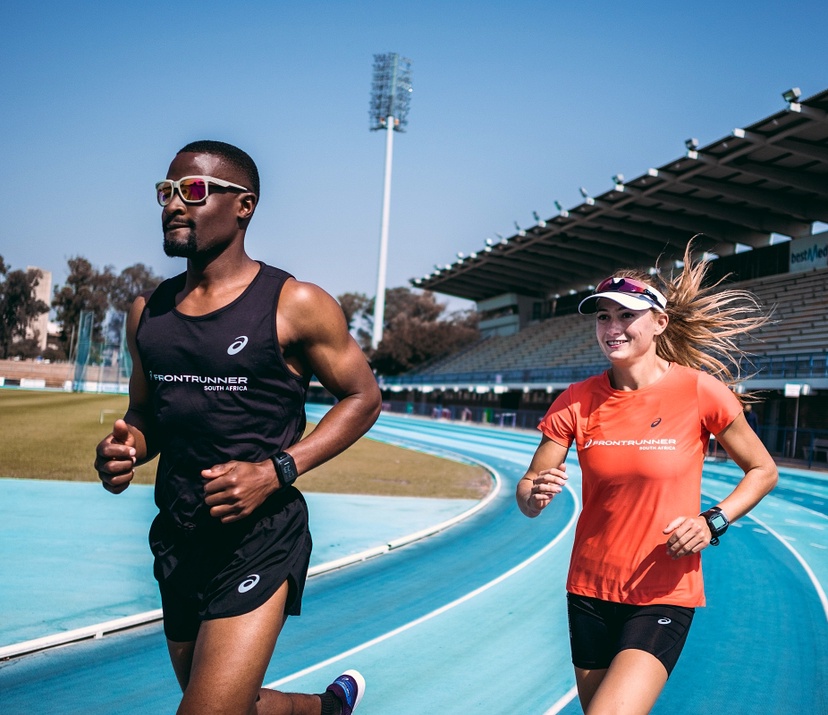Whether you are a new or experienced runner, working on your running form will reduce your risk of injuries and improve your speed. Over-striding, a slow cadence, or a backward lean can slow you down. Good running form includes a quick cadence, upright posture with slight forward lean, and your feet landing beneath you rather than in front of you. However, this type of running form does not come naturally to every runner.
THE WORKOUT
- 10 minutes easy to moderate run
- Run 8 x 30 seconds hard, with a focus on good running form, and 60 seconds easy
- 5 minutes easy run
- Finish with 3 minutes of drills: 30 seconds each of high knees, butt kicks, and bounds with 30 seconds rest in between

The best way to improve your running form is to practice proper form during a workout. Focusing on your form during intervals within a run and performing form drills after a run strengthens the neuromuscular connections, so that over time you can run with a quicker cadence and better form without having to think about it.
*READ MORE ON RUNNING POSTURE, HERE
This form drill begins with a warm up, in which you gradually progress from an easy effort (able to carry on a conversation) to a moderate effort (able to speak in a sentence at a time). Without rest, you then will run eight intervals consisting of 30 seconds hard and 30 seconds easy. During the 30-second hard intervals, you want to focus on good running form: a quick cadence with your feet landing beneath you—not in front of you), a strong arm swing, and good upright posture with relaxed shoulders.
After the run is complete, spend the last eight minutes of the workout completing running form drills. These drills will train you to take quick strides and avoid overstriding.
The drills are high knees, butt kicks, side shuffles, and bounds.
High knees are done by running in place and thrusting your knees up until your thigh is parallel with the ground. Butt kicks are performed by kicking your heel up to your glute while running in place. For bounding, do an exaggerated skip with your opposite arm and leg coordinated. With all drills, focus on a quick turnover between the feet and soft landing.



